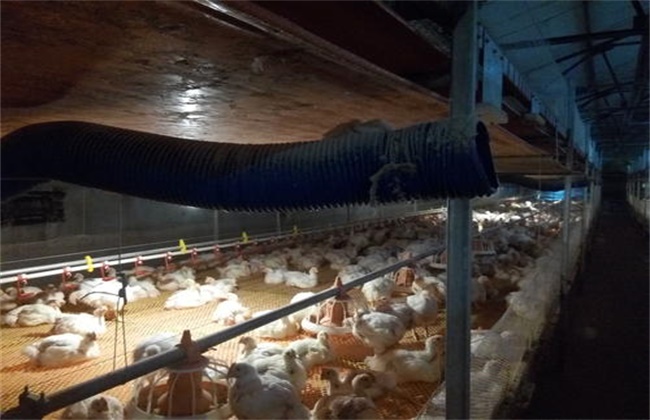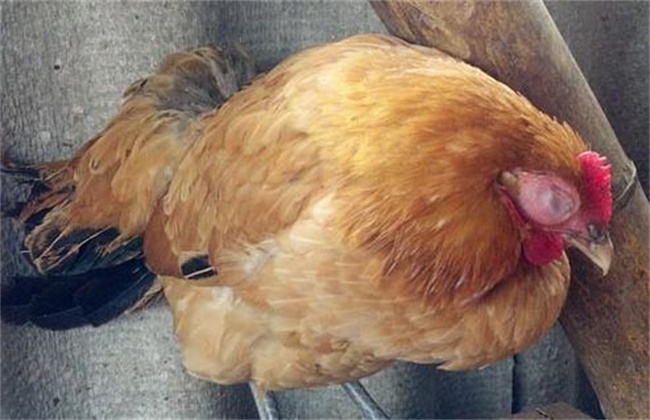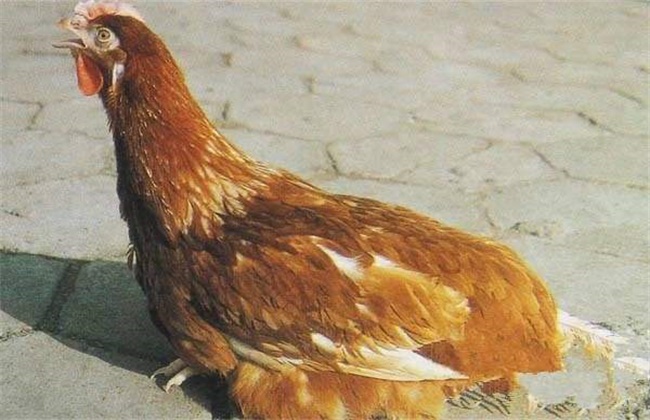Ventilation and dehumidification methods of chicken house in winter
There is a common problem of raising chickens in winter sheds that requires everyone's attention, that is, dehumidification, low temperature in winter, if the henhouse is not ventilated, then the humidity in the shed is heavy, and it is easy to breed germs. So how to ventilate and dehumidify the chicken house in winter? Let's get to know it.

1. Ventilation
This is not done by many people in winter, and the most effective way to dehumidify during ventilation is to discharge the moisture in time, but we should also pay attention to keeping warm when ventilating. If it is only ventilated but does not pay attention to keeping warm, the temperature of the chicken coop will drop sharply, which will cause the chickens not to adapt. Ventilation time to choose a higher temperature at noon, ventilation to start a little less, let the chickens slowly adapt, if you open all the vents at the beginning, the huge temperature difference will cause the chickens to produce stress reaction.
2. Dehumidification equipment
If it is a conditional chicken coop, you can install some dehumidification equipment, which is better than simple ventilation, for example, you can install some air conditioners, this method is very effective, but the early capital investment will be higher. Farmers can according to their own actual situation, appropriate to sit on some warming equipment, coupled with moderate ventilation, which can also play a role in dehumidification, and the early investment is also relatively less.
3. Ground dehumidification
When the air humidity is high, the floor of the chicken house is also very humid. when the chickens have a rest, we must pay attention to padding a layer of straw or setting up a layer of wood to prevent the chickens from touching the ground directly, so that there is less moisture and it is healthier for the growth of the chickens. In addition, you can also spread some quicklime on the aisle, which is also very good for dehumidification. In addition, you can spread some dry and fine soil, which can also play a role in dehumidification. You can hang some hygrometers in the chicken house and hang them in several places, so that you can monitor the humidity of the chicken house in real time and do the dehumidification work in time when it is too high.
4. Cover the roof with film.
Although the temperature in winter is very low, the temperature inside the greenhouse will still be relatively low. In this way, some water droplets will be formed on the roof of the shed. This is the common sense of life, and we must also know that when the water droplets gather large, they will slowly drop down, causing the ground to get wet. So it can be covered with a film on the roof, and when the water drips down, it can be drained to other places without dripping on the chicken and the ground.
The above is the winter chicken house ventilation and dehumidification method introduction, hope to help you, want to know more related knowledge, please follow us.
Related
- On the eggshell is a badge full of pride. British Poultry Egg Market and Consumer observation
- British study: 72% of Britons are willing to buy native eggs raised by insects
- Guidelines for friendly egg production revised the increase of space in chicken sheds can not be forced to change feathers and lay eggs.
- Risk of delay in customs clearance Australia suspends lobster exports to China
- Pig semen-the Vector of virus Transmission (4)
- Pig semen-the Vector of virus Transmission (3)
- Five common causes of difficult control of classical swine fever in clinic and their countermeasures
- Foot-and-mouth disease is the most effective way to prevent it!
- PED is the number one killer of piglets and has to be guarded against in autumn and winter.
- What is "yellow fat pig"? Have you ever heard the pig collector talk about "yellow fat pig"?



